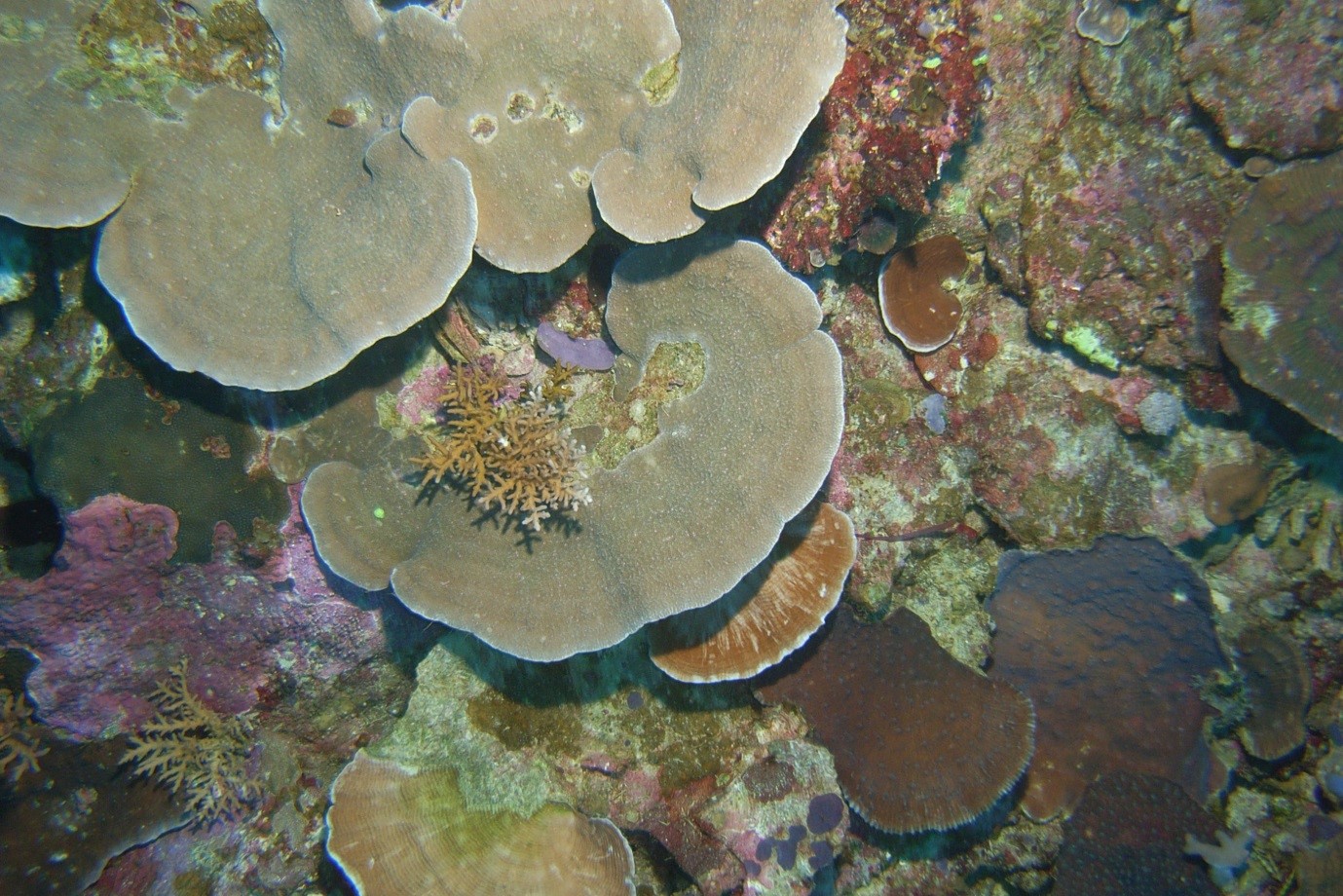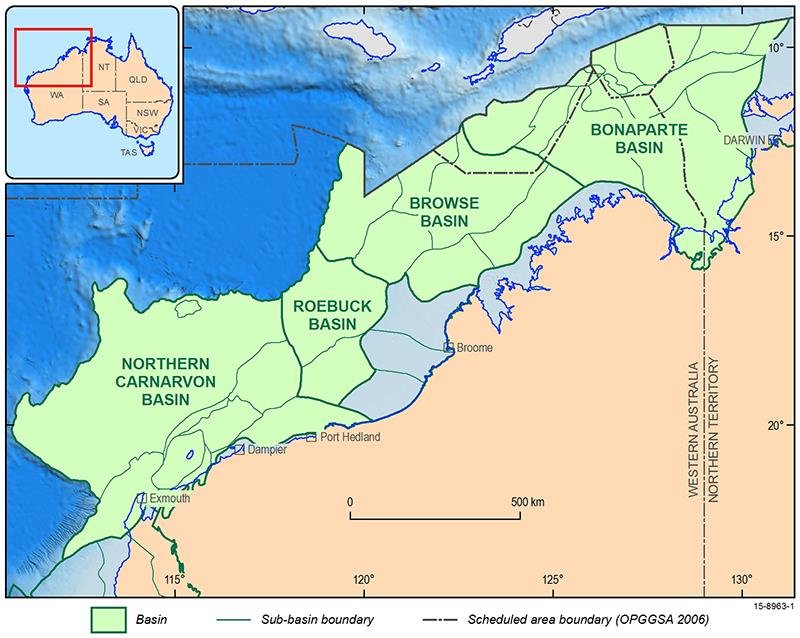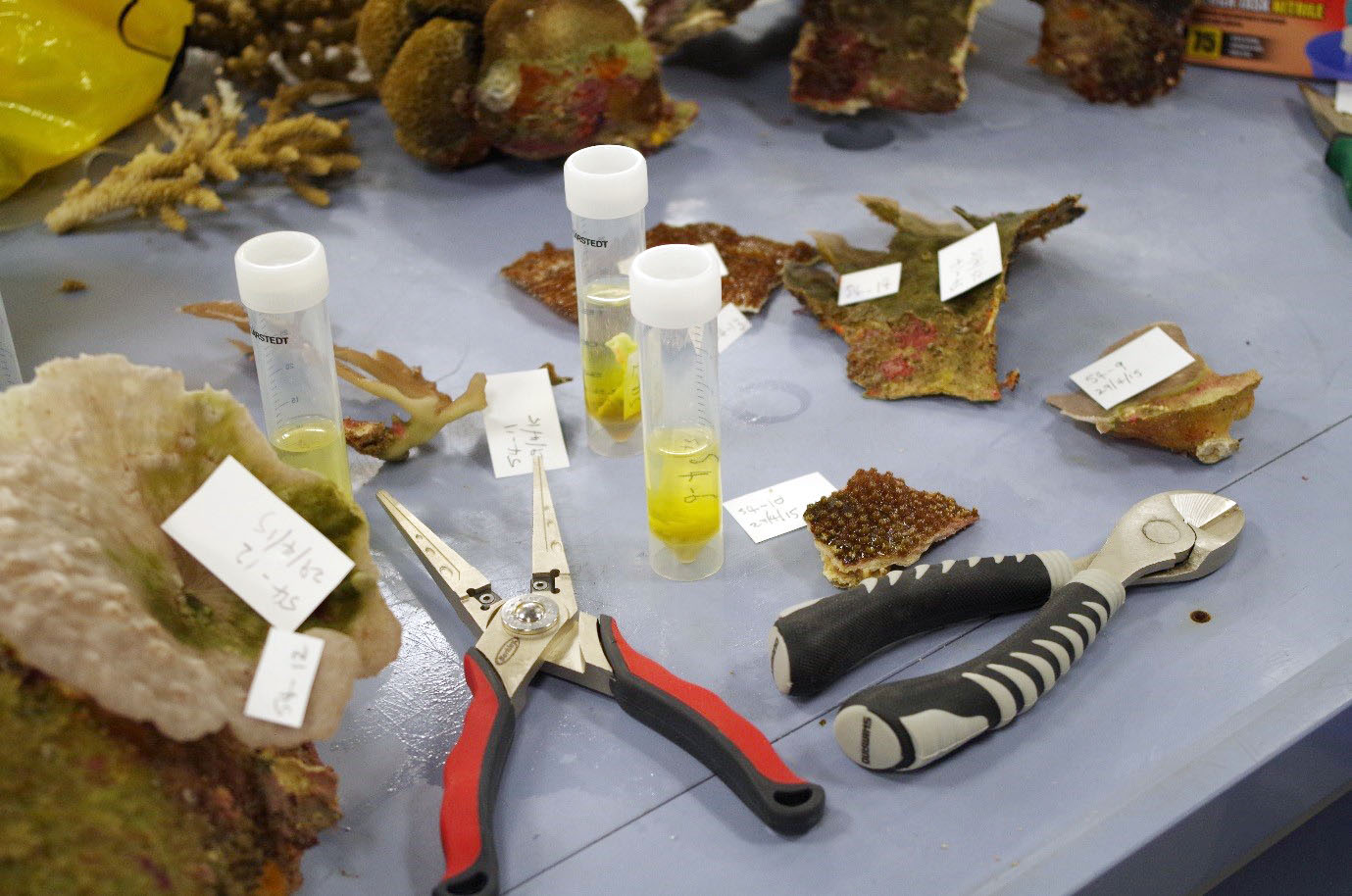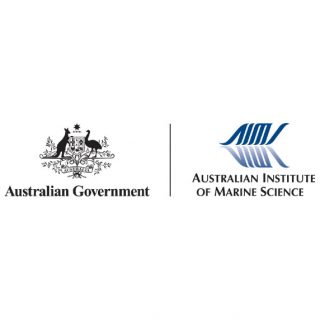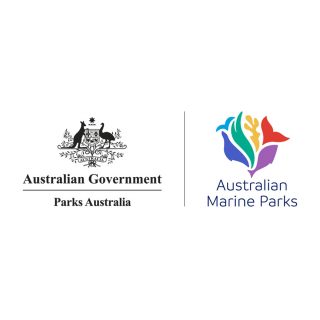Ashmore Reef Marine Park is home to unique coral ecosystems: Mesophotic Coral Ecosystems (MCEs). While the waters of Australia are famous for shallower coral systems such as the Great Barrier Reef, MCEs there (and around the globe) remain largely unknown and undocumented. MCEs exist at depths between 30-150m, and recently their study has become possible due to technological advancements. MCEs are hypothesized to have significant ecological importance, including the potential to reseed shallow water corals under environmental stress. The ability of MCEs to provide a refuge for shallow-water species appears critically important, as shallow reef corals face a range of stressors including a changing climate. However, little is known about MCE community structure, what ocean processes control MCE composition, geographic distribution, and their connectivity to other coral systems.
Revolutionizing MCE Monitoring
Few conservation efforts have focused on mesophotic reefs, but these ecosystems are also challenged with anthropogenic and natural stressors. The more researchers have learned about MCE’s, the more it appears imperative to advocate for their protection. Scientists aboard the R/V Falkor will address important knowledge gaps in understanding MCEs as well as lay a foundation for effective future monitoring and protection of MCEs across the globe.
Effective monitoring systems are essential for understanding long-term trends in reef communities, as well and for creating conservation efforts. This expedition will make current monitoring methods much more precise focusing on 10-100s of meters while testing innovative in-situ classification systems to monitor key habitats on mesophotic reefs.
At Ashmore Reef Marine Park, the team will use underwater robotics and novel imaging technology to capture high definition video across each shoal. The team will create a streamlined system to collect, process, and analyze the imagery using R/V Falkor’s High Performance Computing (HPC) systems to vastly improve the quality and efficiency of data collection. In parallel, ROV SuBastian will collect biological samples from corals and sponges. The collected specimens will be used to ground-truth the capacity of the new imaging technique for biodiversity studies and taxonomic identification.
Ultimately, the expedition will provide a foundation for the broad application of the new state-of-the-art analysis tools in more than Australia, as MCEs across the globe will benefit through open-access platforms. The new sampling and analysis approaches represent an important scientific benchmark enabling future monitoring and standardization and comparability of MCE data globally.
Coral Connections and Conservation
Sampling and studies of MCEs in Australia are difficult to undertake without dedicated effort from remotely operated vessels. This expedition will mark the first time an ROV and AUV will be used to collect MCE specimens for genetic analysis and reproductive studies. These samples will provide exciting new insight into how individual MCE’s are related, as well as establish a baseline knowledge of community structure and reproductive strategies within MCE. Ecosystems in the northwest continental shelf of Australia, including Ashmore Reef, face a myriad of anthropogenic and natural impacts, therefore recognizing what species exist, how they are maintained, and what physical processes drive MCEs will be extremely important first steps for conservation.
Data & Publications
Specimens collected on the cruise have been accessioned into the Western Australia Museum’s collections.
Raw environmental sensor data has been curated and archived at Rolling Deck to Repository.
Acoustic backscatter, swatch bathymetry, CTD and navigation from Falkor and navigation and imagery from ROV SuBastian have been curated and archived at Marine Geoscience Data System.
Raw data and benthic imagery is also available at the AIMS Data Centre.
The voyage report includes data and benthic imagery analysis from the survey and sampling at Ashmore Reef.
Records of species occurrence at Ashmore Reef are available through the Atlas of Living Australia.
- 30 Day Preliminary Cruise Report: Australian Mesophotic Coral Examination
- Beaman, R., Picard, K., and Miller, A. (2022). RV Falkor Surveys in Australia 2020-2021. Oral Presentation and Conference Paper, Hydrospatial 2021 Conference, Australasian Hydrographic Society, Cairns, Australia. [Abstract and presentation are OPEN ACCESS].
- Speed, C., Wilson, N., Somaweera, R., Udyawer, V., Meekan, M., Whisson, C., and Miller, K. (2022). Video surveys of sea snakes in the mesophotic zone shed light on trends in populations. Front. Mar. Sci., doi: 10.3389/fmars.2022.921542. [This article has been published Open Access with support from SOI].
- Carmignani, A., Radice, V., McMahon, K., Holman, A., Miller, K., Grice, K., and Richards, Z. (2023). Levels of autrophy and heterotrophy in mesophotic corals near the end photic zone. Frontiers in Marine Science, 10, doi: 10.3389/fmars.2023.1089746. [This article has been published as OPEN ACCESS, with support from SOI].
- Final Expedition Report: Australian Mesophotic Coral Examination
In the News
Race to map Ashmore Reef as aquatic worlds change fast with warming waters
ABC Radio • June 12, 2021
Blue cushion sea stars, short-nosed snakes and sea slugs: 21 days beneath the Timor Sea – in pictures
The Guardian • May 15, 2021
Deep Water Exploration of Ashmore Reef Marine Park of Australia
Outlook Traveler • May 12, 2021
Glimpse of Australian Reef Is Like a Scene Out of FINDING NEMO
Yahoo! News • May 12, 2021
Colorful Photos Reveal the Secrets of Australia’s Twilight Zone Coral Gardens
Black Tech Daily • May 12, 2021
Ashmore Reef Marine Park in Australia Navigated, Mapped in Landmark Study
The Science Times • May 11, 2021
ASHMORE REEF STUDY
GWN7 Local News • May 7, 2021
Australian painter Ellie Hannon artist-at-sea on Schmidt Ocean Institute Ashmore Reef voyage
ABC News • May 7, 2021
9 stunning images of deep-sea life captured by an aquatic robot
Mashable • May 6, 2021
Amazing discoveries at Australian coral reef
BBC NewsRound • May 5, 2021
First Comprehensive Study of NW Australia`s Deep Corals Completed
ROV Planet • May 5, 2021
Colorful Photos Reveal the Secrets of Australia’s Twilight Zone Coral Gardens
Earther / Gizmodo • May 4, 2021
First Comprehensive Study of NW Australia’s Deep Corals Completed
ECO Magazine • May 4, 2021
Subsea Discovery: SOI Releases Images from Study of NW Australian Deep Corals
Marine Technology News • May 3, 2021
First Comprehensive study of NW Australia’s Deep Corals Completed
Seven Seas Media • May 3, 2021
Subsea Discovery: SOI Releases Images from Study of NW Australian Deep Corals
MarineLink • May 3, 2021
Incredibly rare short-nosed sea snake re-discovered after 23 years
Australian Geographic • April 27, 2021
Sea Snake Thought To Be Extinct Found In Deep Waters Off Australia
Deeper Blue • April 23, 2021
Reaparece una serpiente marina venenosa dada por extinta hace más de 20 años
Noticias • April 22, 2021
“Thought to be lost forever”: locally extinct sea snake re-discovered during deep-sea expedition
The National Tribune • April 21, 2021
Extinct’ Highly Venomous Sea Snake Rediscovered in Ocean’s Twilight Zone
Newsweek • April 21, 2021
World-Renowned Ocean Experts to Talk to Students and Join Global Livestream to Explore Exotic Corals in Australia
Cowboy Channel • April 21, 2021
“Thought to be lost forever”: locally extinct sea snake re-discovered during deep-sea expedition
Mirage News • April 21, 2021
Sea snake feared locally extinct rediscovered in ‘twilight zone’ on Ashmore Reef
ABC News • April 20, 2021
Australian deep-sea reef study could uncover new species
Ecns • April 12, 2021
Deep-sea reef study in the ‘twilight zone’ could uncover key lessons in conservation
ABC News • April 10, 2021
REEF RESEARCH SHIP TO SET SAIL FROM DARWIN FOR EXPEDITION
NT News • April 9, 2021
